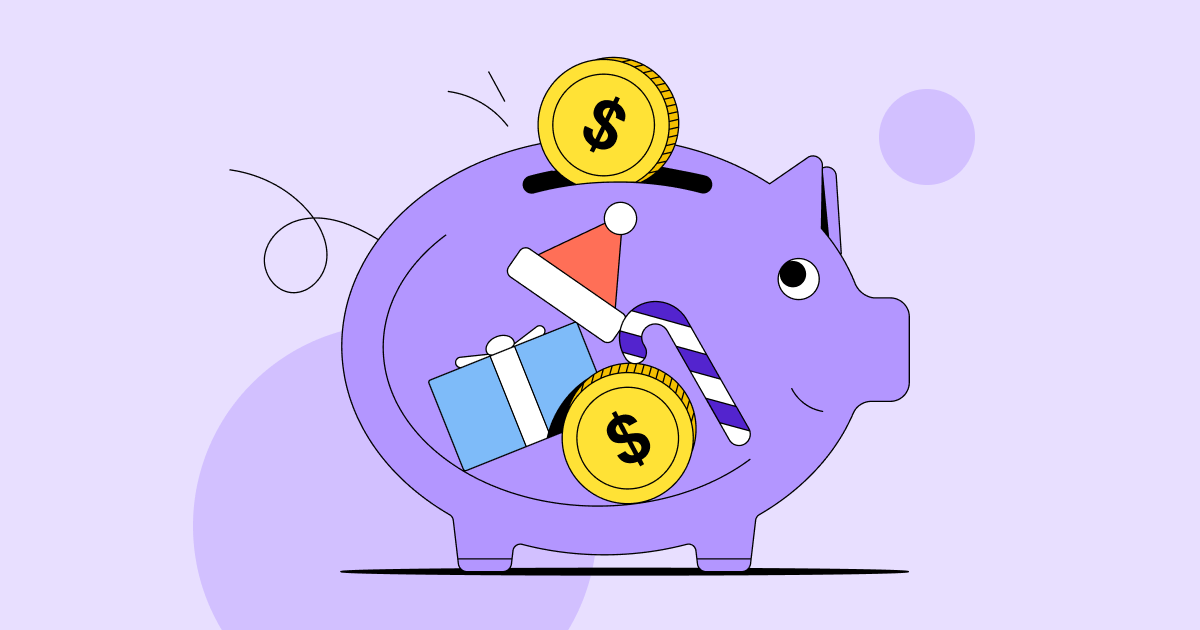Key takeaways:
- Budgeting helps you track income, control expenses, and follow a plan that fits your life.
- Use free templates first and don’t immediately jump to paid apps.
- Don’t try to be a perfectionist about your budgeting. It’s better to have occasional slip-ups than to quit altogether due to failed extreme control attempts.
A budget worksheet is a simple tool that helps you track your income and plan expenses. You can lay everything out in one place so you see exactly how much money you spend on different things. In the long run, it can help you reduce overspending and improve savings.
A solid budget strategy can help keep your money accounted for, especially when prices seem to rise with every trip to the grocery store and paychecks don’t necessarily catch up with the upward trends.
Why Use a Budget Worksheet?
Budgeting uncovers how well you actually handle your money. At first glance, you may think you’re not spending that much, but a small purchase every day eventually adds up. Budgeting makes sure those small things don’t go unnoticed.
It’s especially useful when you’re trying to pay off debts, improve savings, or simply make it through the month. Once you have a couple weeks’ of data lined up, you can start making decisions on where to cut your spendings.
Once you get comfortable with it, you can make a convenient monthly habit of tracking money and make sure you keep yourself on the straight and narrow.
Core Elements of a Great Budget Worksheet
Income Tracking
Write down all the money coming in. It could be paychecks, side hustles, child support, or any other form of income. Add everything up and be honest about the numbers. Otherwise, you’d only be playing yourself.
Fixed vs Variable Expenses
Break your expenses into two categories: fixed and variable. Fixed expenses stay nearly the same each month (like car payments, rent, utilities, subscriptions). Variable expenses change every month. That could be anything from groceries, gas, dining out, and more. Overspending usually hides in the variables.
Savings & Debt Repayments
Your budget should always include savings and debt payments. Even if the savings are $50 a month, it still counts. Also, do your best to always pay your debt installments on time. Otherwise, you may risk ruining your credit score in the long run.
Final Balance: Surplus or Deficit
Once you finish adding everything up, subtract your expenses and savings from your income. If you’ve got money left, that’s great and your financial education hasn’t failed you. If you’re on a deficit, however, it’s time to tighten your belt and become more responsible with your money.
Optional: Goals, Emergencies Funds, Visual Summaries
Some templates offer extra features like goal trackers, an emergency fund section, or charts that help you see patterns more clearly. They’re not essential, especially if it comes with a price, but they’re nice to have if you can afford it.
Popular Budgeting Methods
50/30/20 Rule
It’s a classic method that splits your money into three categories: 50% of your income is attributed to needs, 30% to wants, and 20% to savings and debt. It’s a simple method to follow, especially for beginners.
Zero-Based Budgeting
The zero-based method takes a lot more effort and control, so not many people can realistically sustain such a budgeting model for a long time. With it, you must justify all your expenses before they can be approved.
Pay-Yourself-First Method
It’s one of those methods where you treat savings like a bill that must be paid. You put a set amount of money into savings before you spend on anything else. It’s a great option for building long-term saving habits.
Hybrid or Visual Methods
You don’t have to stick to one single method. You can mix and match until you find one that works best for you. You can use part zero-based, part 50/30/20 if it’s what gets you going. Use whatever keeps you consistent.
How to Use a Budget Worksheet
The beginning may be difficult since you’re building a habit of tracking your money, but once you’ve done it a couple times, it becomes natural:
- Gather your income and expense data. Start by looking through your bank statements, pay stubs, and receipts. It’s not even that boring, counting your money is rather fun to some extent. Know what you earn and where your money goes.
- Create or download a worksheet. Make your own or pick a template that fits your vibe. Some are simpler, others may come with charts or bonus features. At first, it’s best to start with free tools, though.
- Categorize and input your data. Sort your expenses into categories: rent, food, gas, subscriptions, etc. Then add your numbers into the right boxes.
- Review and adjust your budget. Check if your spending lines up with your plan. If you’re over in one area, cut back somewhere else. Make your budget flexible.
- Monitor progress monthly. Each month, update your numbers. It will keep your budget consistent and help you stay on track with your savings or debts.
Follow these steps until everything becomes natural and you will be able to fill the numbers without even thinking much about it.
Best Free & Paid Budget Worksheet Templates
There are many choices on the internet. Lots of the templates also cost nothing. If you’re not into Excel templates, you can go with apps. Try tools like YNAB or Tiller for automatic tracking and dashboards. Some of these apps are paid, but they help you keep your budget clean easily.
If you’re just starting out, we don’t recommend going for paid apps immediately. Download a Google Sheets or Excel template and simply fill the numbers into pre-built columns while adjusting the information to fit your situation better.
Conclusion
Budgeting can help you track your money, control spending, and stick to your saving goals. You’ll know exactly where your expenses lie and you’ll be able to cut back on the ones that are least important.
Frequently Asked Questions
Can I use a budget worksheet for weekly or biweekly budgets instead of monthly?
Yes, just change the time frame to match your income schedule.
Is a paper budget worksheet better than a digital one?
It comes down entirely to your own preferences. If you prefer paper and pen to laptop and keyboard, do it.
How far back should I go when tracking past expenses for setup?
You can look deeper by checking the last 2-3 months, or you can simply check the data on a monthly basis.
What categories should I always include (even if they seem small)?
Subscriptions often go unnoticed, but they can stack up. Some people spend a couple dollars every few days on snacks, which can also add up. Be honest with yourself and you’ll know what to add.
Can I share my budget worksheet with a partner or family?
Yes, shared planning builds trust and helps everyone stay on the same budget. It can make your goals more attainable when everyone sticks to it.


